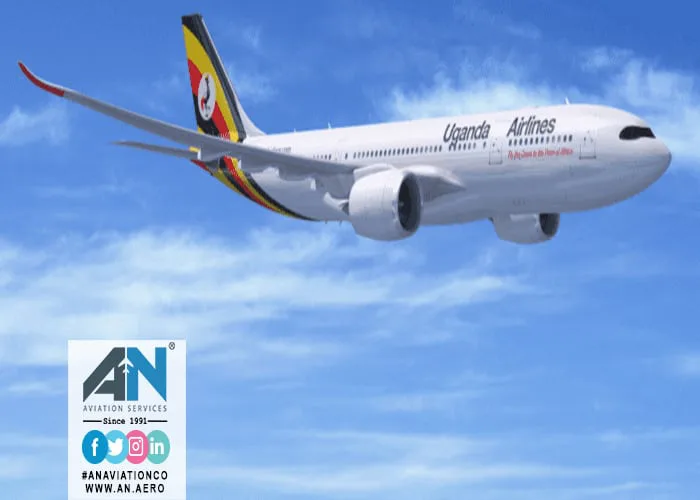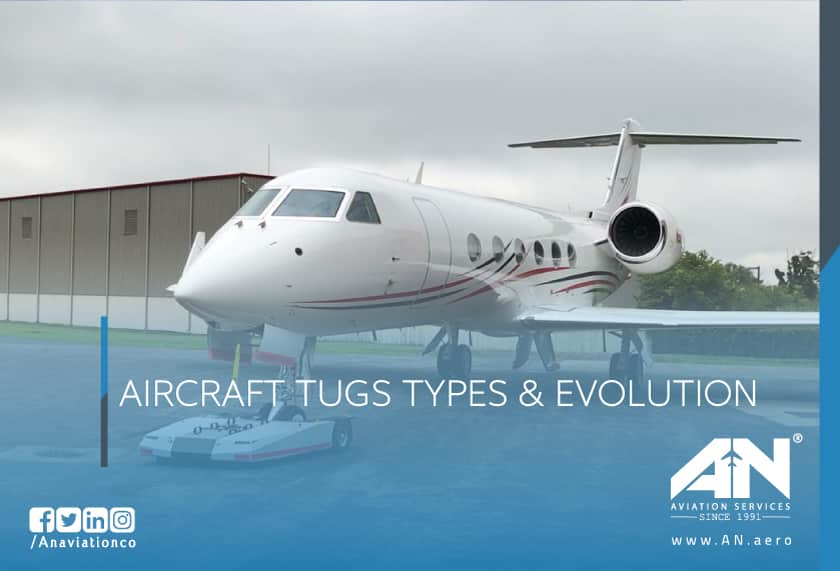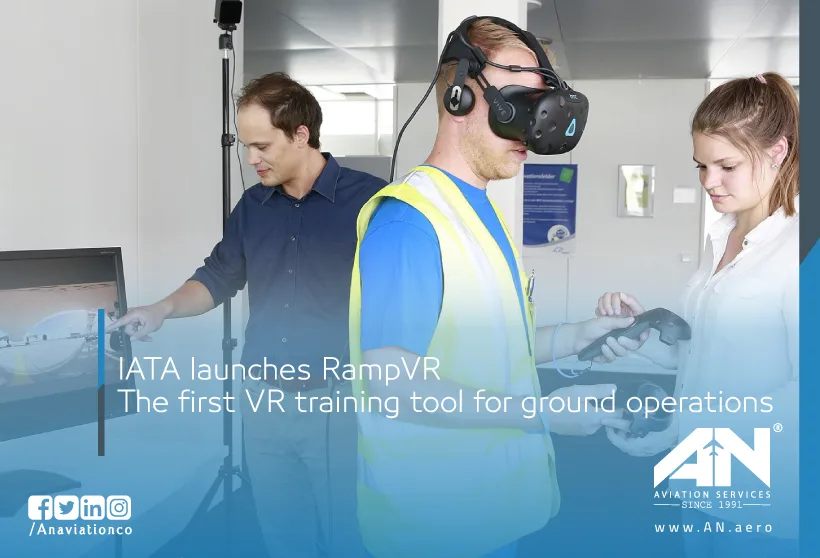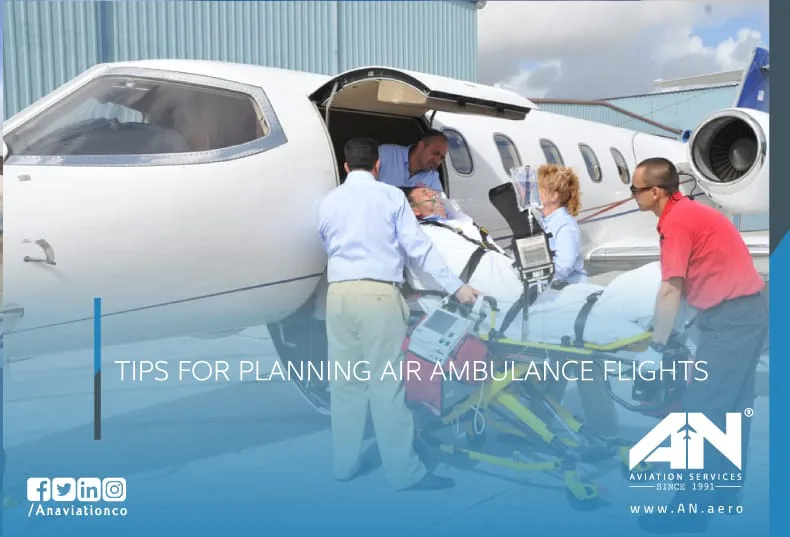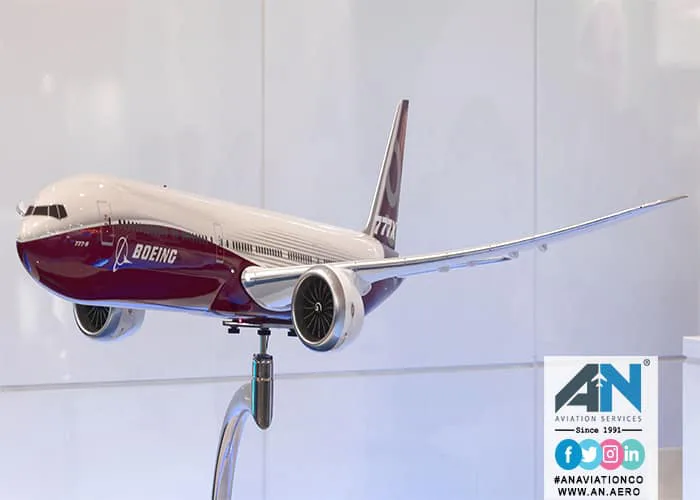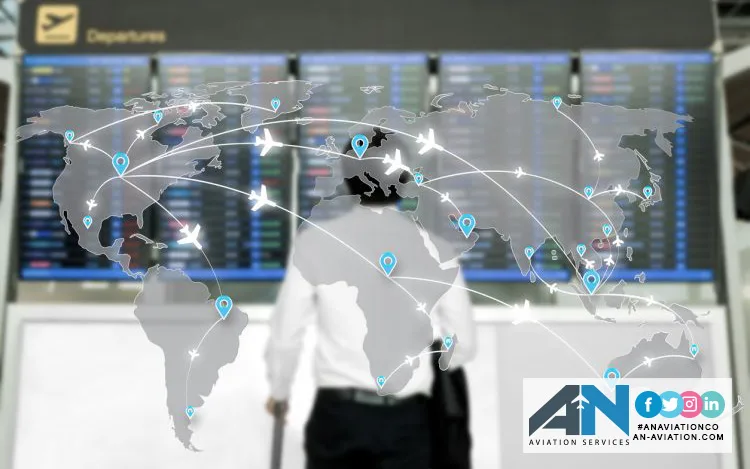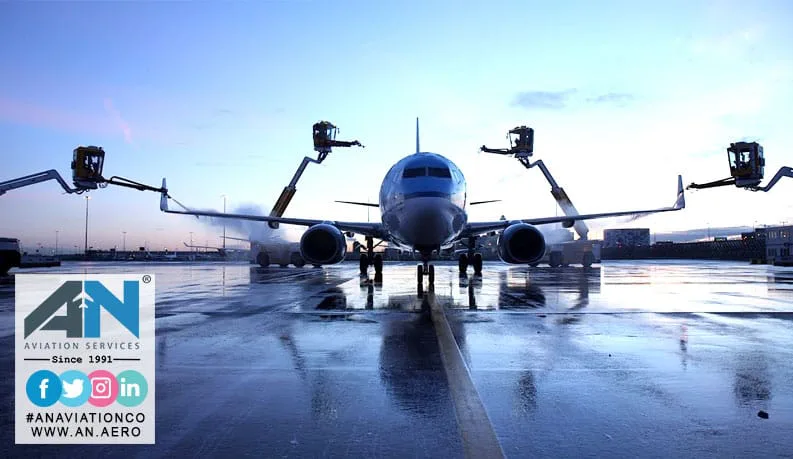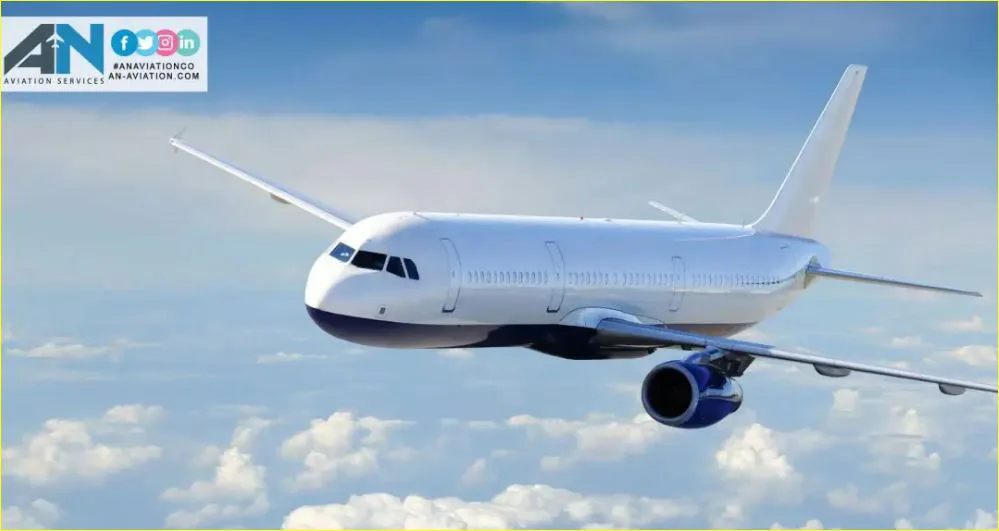
Every time you board a plane, settle into your seat, and prepare for takeoff, you’re stepping into a highly orchestrated process that’s been fine-tuned for safety, precision, and efficiency. From the outside, it may seem as simple as rolling down the runway and lifting into the sky. However, the moments before a plane takeoff involve a series of critical checks, calculations, and procedures that ensure the flight is not only smooth but also as safe as possible.
In this article, we’ll explore the behind-the-scenes actions and decisions that take place before your aircraft leaves the ground. Whether it’s determining rotation speed, calculating aircraft weight, or ensuring the runway is the right length, here’s what happens before the exciting phase of flight begins.
1. Aircraft Weight and Balance Are Calculated
Before any plane takes off, the aircraft weight must be carefully measured and balanced. Airlines calculate the total weight of the aircraft, which includes passengers, baggage, fuel, and cargo. This total weight affects the aircraft’s performance during takeoff, particularly its rotation speed (the speed at which the plane lifts off the ground).
Equally important is the aircraft’s balance. The weight distribution must be even to ensure stability during takeoff and throughout the flight. Improper weight distribution could make the aircraft difficult to control, which is why ground crews meticulously adjust cargo placement and ensure passengers are seated appropriately.
2. Takeoff Speeds Are Determined: V1, Vr, and V2
Before the engines even start, pilots must determine three critical speeds: V1, Vr, and V2. These speeds are calculated based on factors such as aircraft weight, runway length, weather conditions, and potential scenarios like an engine failure.
- V1: Known as the “decision speed,” V1 is the point at which the pilot must decide whether to abort the takeoff or commit to continuing. Once the aircraft passes V1, there isn’t enough runway left to stop safely.
- Vr (Rotation Speed): This is the speed at which the nose of the aircraft is lifted off the ground (known as “rotation”), allowing the plane to enter its climb phase. Vr is carefully calculated to ensure that the plane can achieve liftoff smoothly and efficiently.
- V2: Also referred to as the “safety speed,” V2 is the speed at which the aircraft can climb safely even if an engine fails during takeoff.
These speeds are not arbitrary; they are specific to each takeoff and are recalculated for every flight based on current conditions.
3. Weather Conditions Are Analyzed
Weather plays a huge role in determining whether a plane can safely take off. Pilots and dispatchers review detailed weather forecasts, including wind direction, wind speed, visibility, and potential hazards like thunderstorms or snow. Crosswinds or tailwinds, for example, can influence the choice of runway length or the required takeoff speed.
Additionally, pilots check for icing conditions on the runway or the plane itself, as ice can significantly affect the aircraft’s performance. If needed, the plane may undergo de-icing procedures before takeoff to ensure no ice accumulation on critical surfaces.
4. The Engines Are Thoroughly Inspected
Before a plane begins its taxi toward the runway, the engines undergo rigorous checks. These inspections are carried out by both ground maintenance teams and the flight crew. Ground crews visually inspect the engines for any visible issues, such as debris or leaks, while the flight crew monitors engine performance during pre-flight checks.
If the plane has multiple engines, they are tested together to ensure they can function properly in case one engine fails during takeoff. Modern aircraft are designed to handle such scenarios, but ensuring engine reliability is an essential part of the process.
5. The Runway Length Is Verified
The length of the runway is a critical factor in takeoff performance. Depending on the aircraft’s weight, takeoff speeds, and weather conditions, pilots must verify that the available runway length is sufficient for the aircraft to achieve the necessary speed and leave the ground safely.
For larger, heavier planes, longer runways are required. If the available runway is too short for the calculated speeds and weights, adjustments must be made, such as reducing cargo weight or selecting a different runway.
6. ATC Clearance and Taxi Instructions Are Received
Before the plane begins its journey down the runway, the flight crew communicates with air traffic control (ATC) to receive clearance for takeoff. ATC manages the flow of traffic on the ground and in the skies, ensuring that planes taxi safely to their assigned runways without conflicting with other aircraft.
Taxiing itself is a precise process. Pilots follow specific instructions from ATC to navigate the plane to the runway. This phase ensures that the plane is positioned correctly and ready to take off without delays or confusion.
7. Flaps and Control Surfaces Are Configured
Before takeoff, pilots adjust the aircraft’s control surfaces, including flaps and slats, to optimize the wings for lift. The position of the flaps depends on several factors, including aircraft weight and runway conditions. Flaps extend from the wing to increase the wing’s surface area, creating additional lift during takeoff.
At the same time, other control surfaces, such as rudders and ailerons, are tested to ensure they are functioning properly. These surfaces play a vital role in maintaining the aircraft’s stability and maneuverability, particularly during the initial phase of flight.
8. Final Safety Checks Are Completed
Before reaching the runway, pilots complete a final checklist to confirm that all systems are functioning as expected. This includes testing the brakes, ensuring the navigation systems are operational, and verifying fuel levels. These final safety checks are crucial to identifying any last-minute issues that could impact the flight.
9. Cabin Crew Prepares Passengers
While the flight crew is busy preparing the aircraft, the cabin crew plays a key role in ensuring passenger safety. They review emergency procedures, confirm that overhead bins are securely latched, and make sure passengers are seated with their seatbelts fastened. The cabin crew also performs a walk-through of the plane to ensure compliance with safety protocols before the plane takeoff.
10. Engines Power Up, and the Plane Accelerates
Once everything is in place, the engines are powered up, and the plane begins its takeoff roll. The aircraft accelerates down the runway, gaining speed until it reaches Vr (rotation speed). At this point, the pilot gently pulls back on the control column, lifting the nose of the aircraft into the air. Moments later, the plane leaves the ground, entering the climb phase and beginning its journey to the skies.
The Takeoff: A Seamless Blend of Precision and Teamwork
Though it only takes a few seconds for a plane to lift off, the preparation that goes into a plane takeoff is a meticulously coordinated effort involving pilots, ground crews, and air traffic controllers. Every step, from calculating speeds V1 and Vr to verifying the runway length, plays a critical role in ensuring a safe and successful flight.
The next time you hear the roar of the engines and feel the wheels leave the runway, remember that behind that thrilling moment is an incredible amount of planning, teamwork, and expertise, all working together to ensure your journey begins smoothly.





